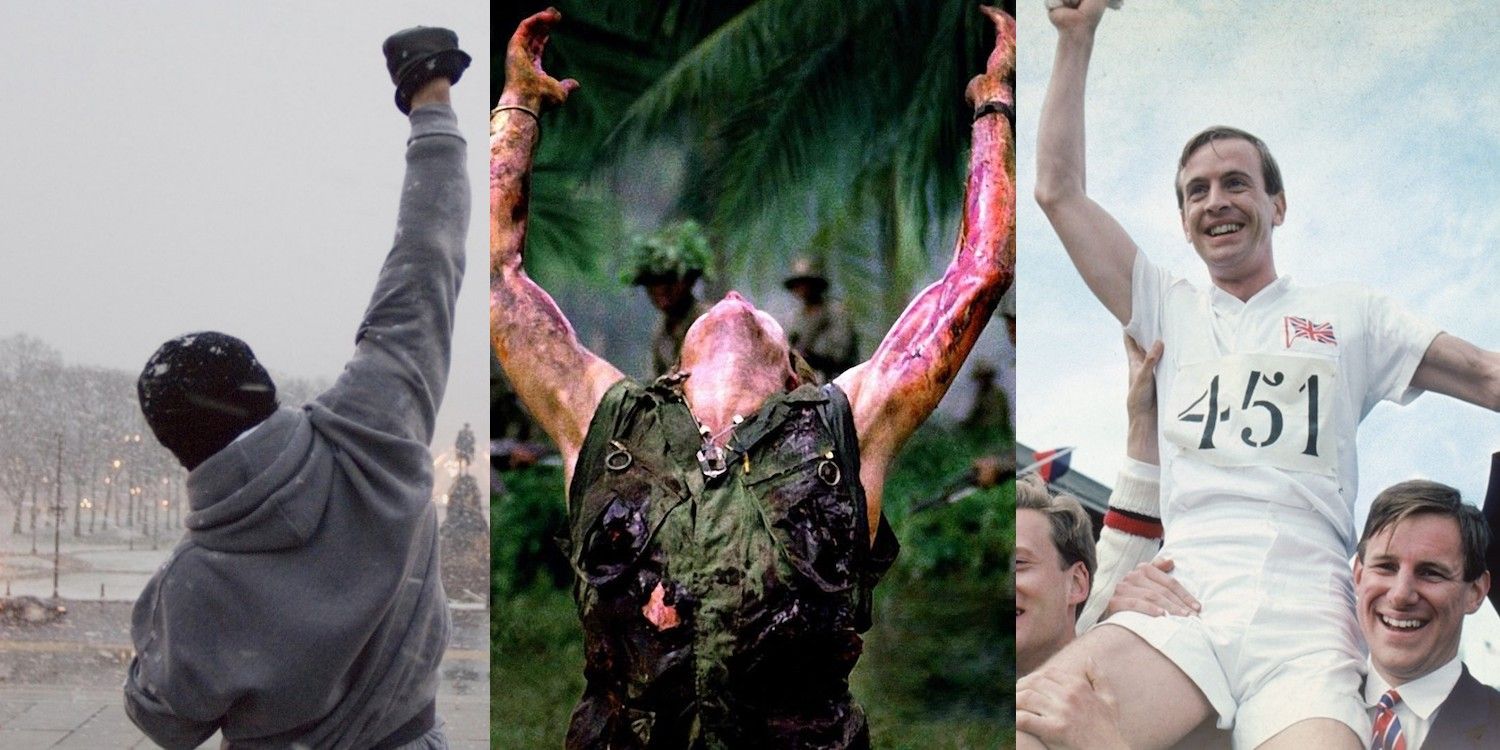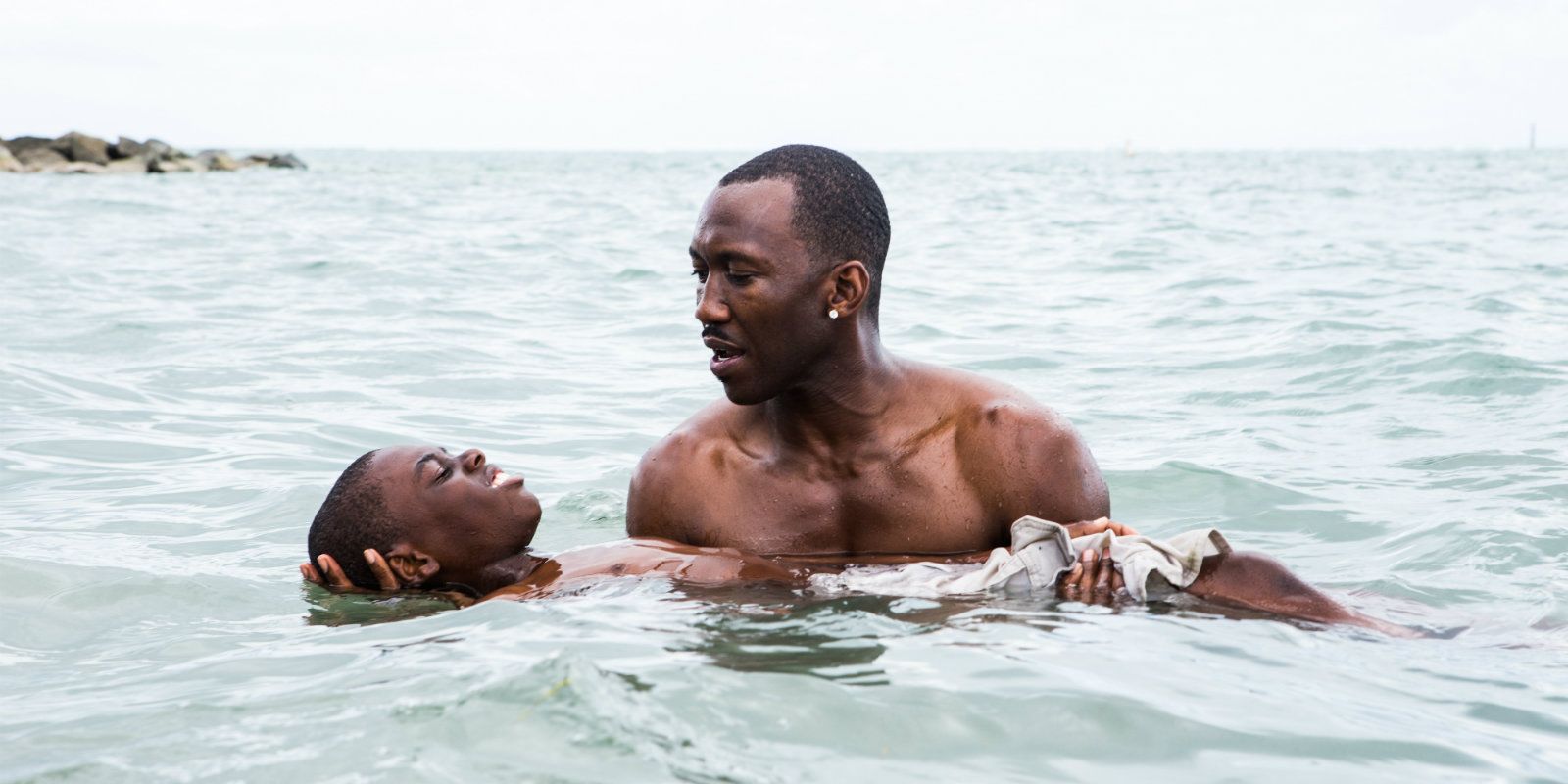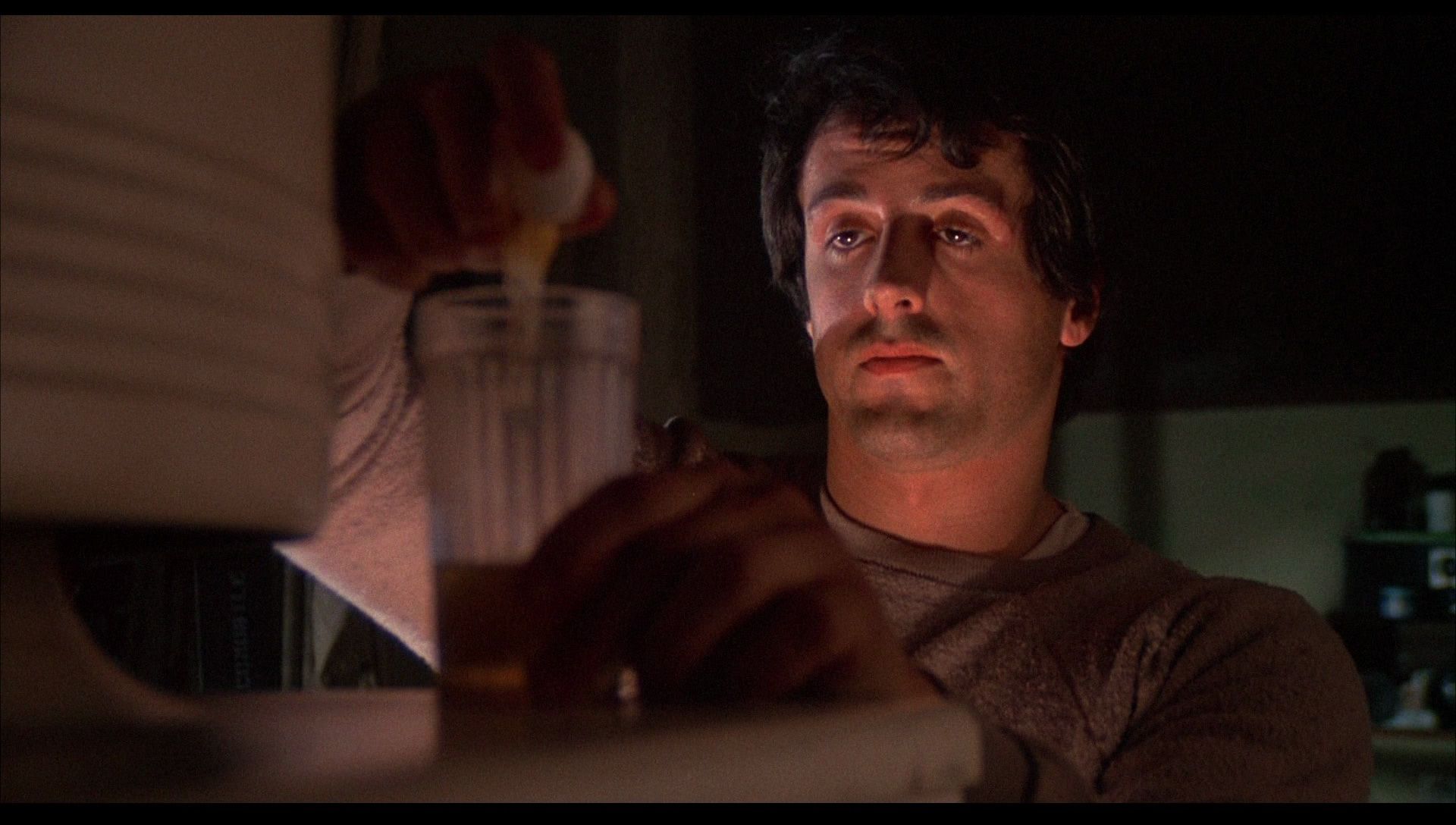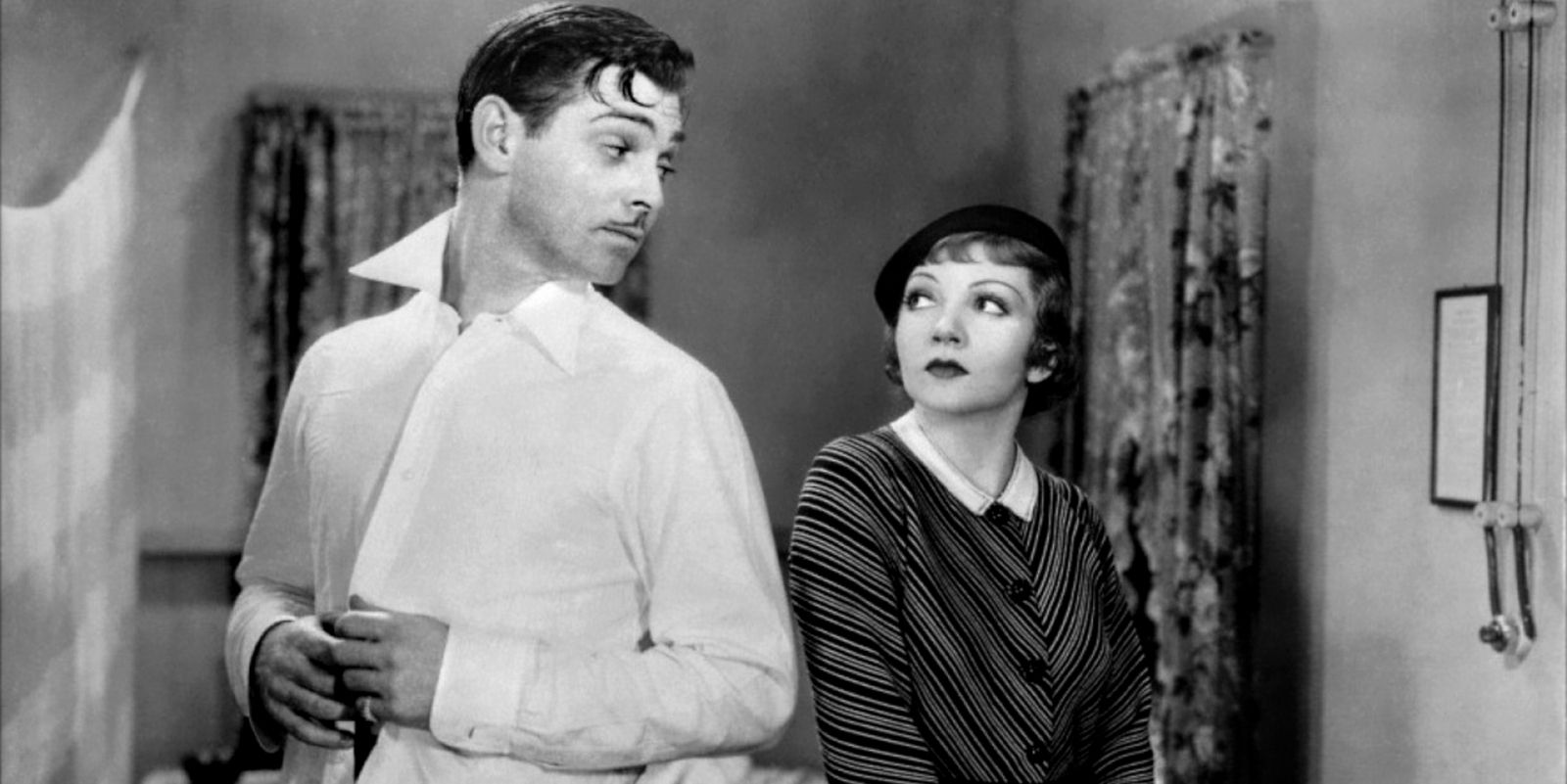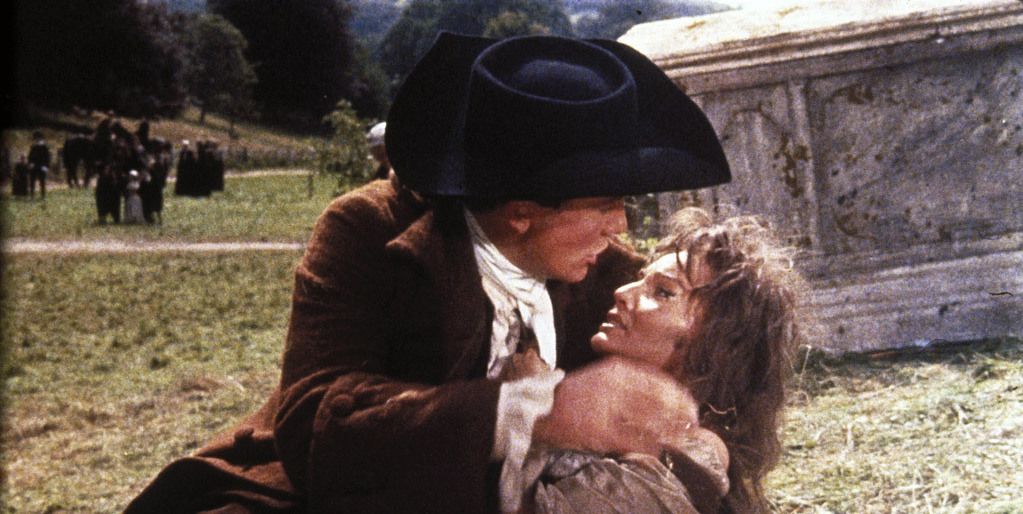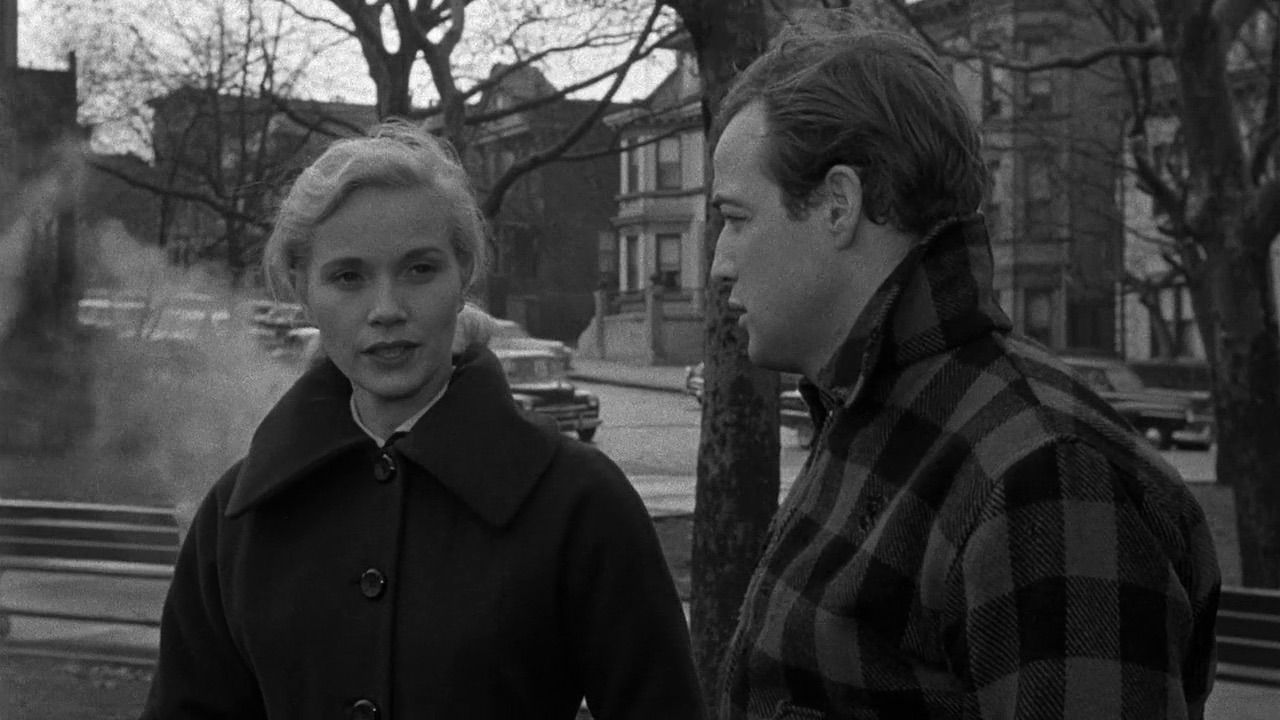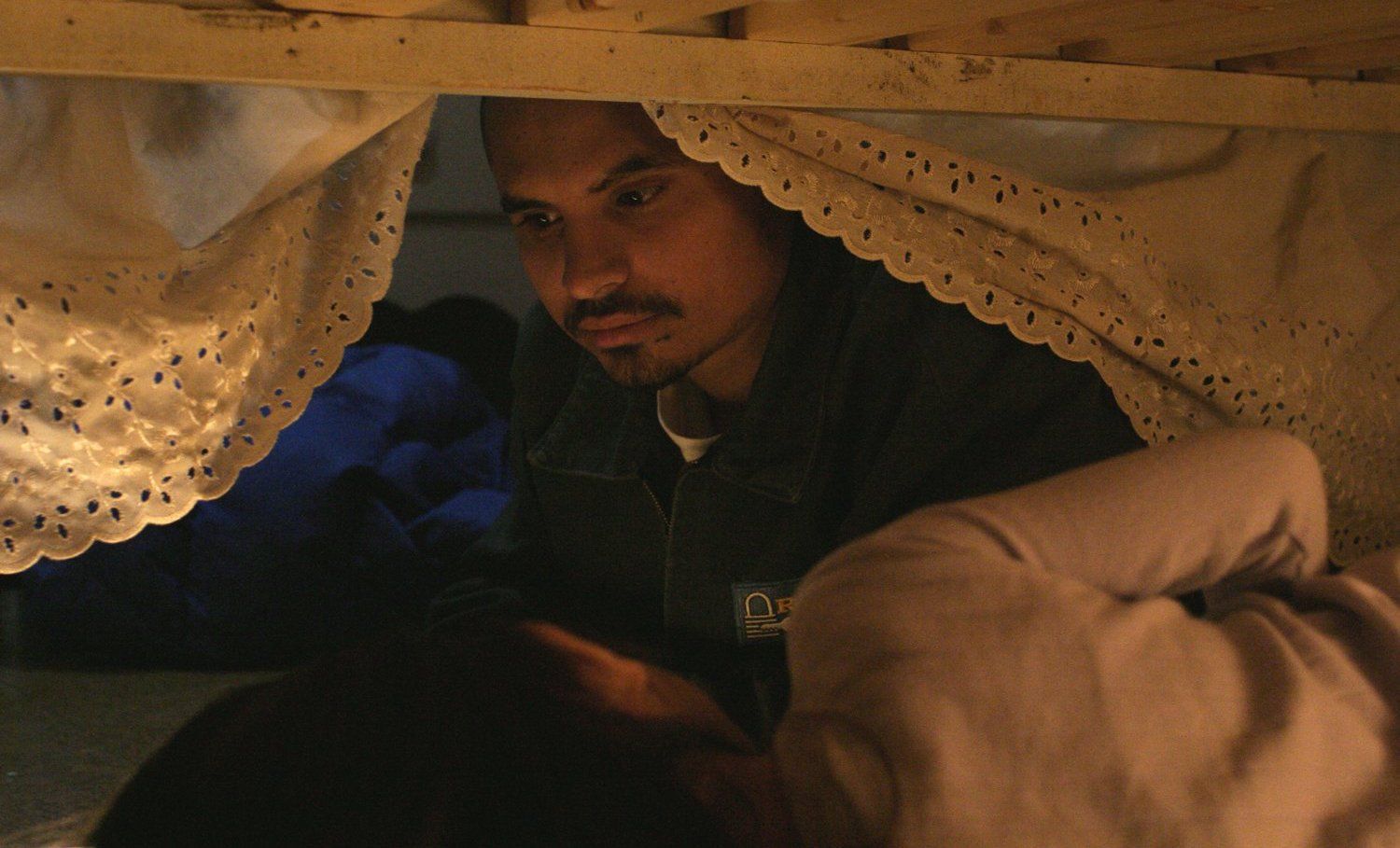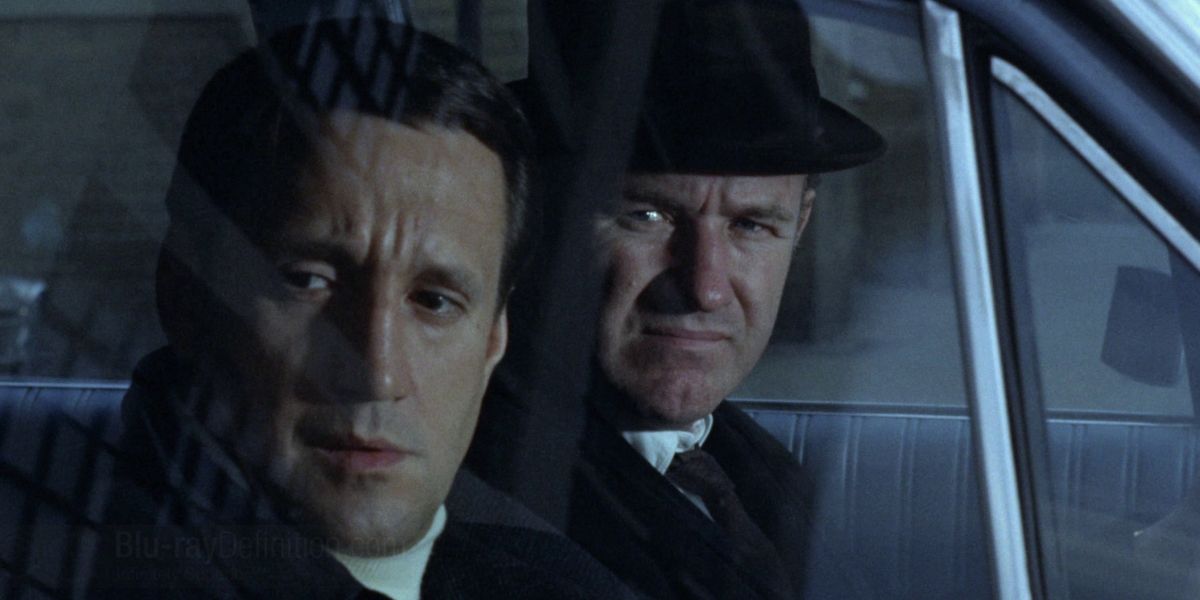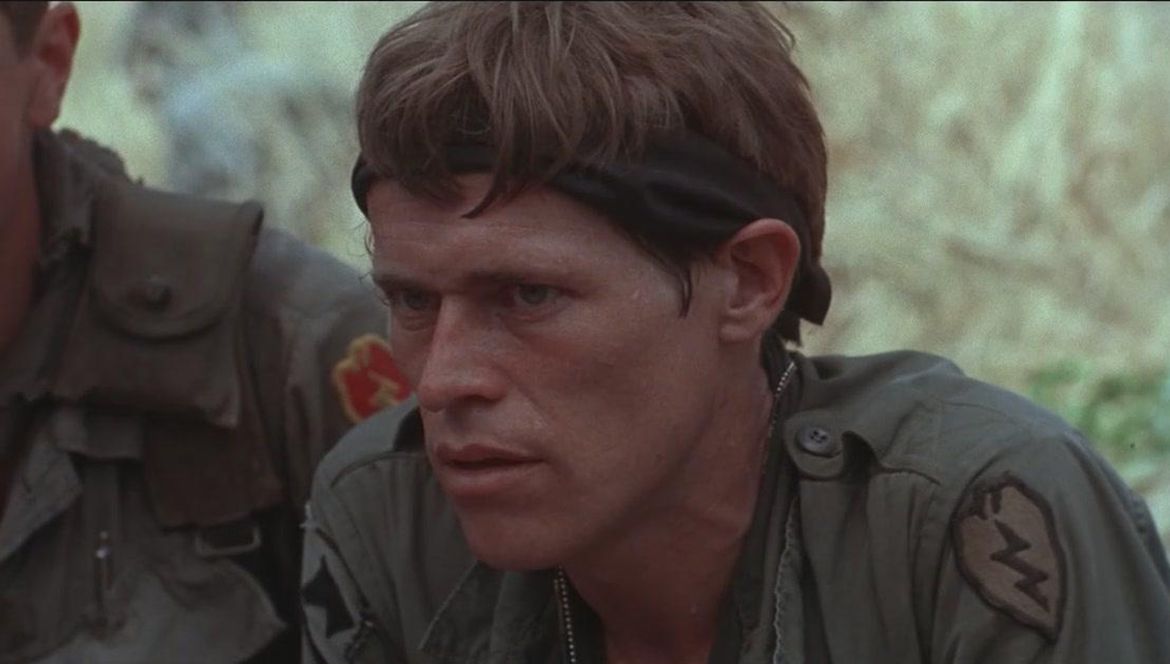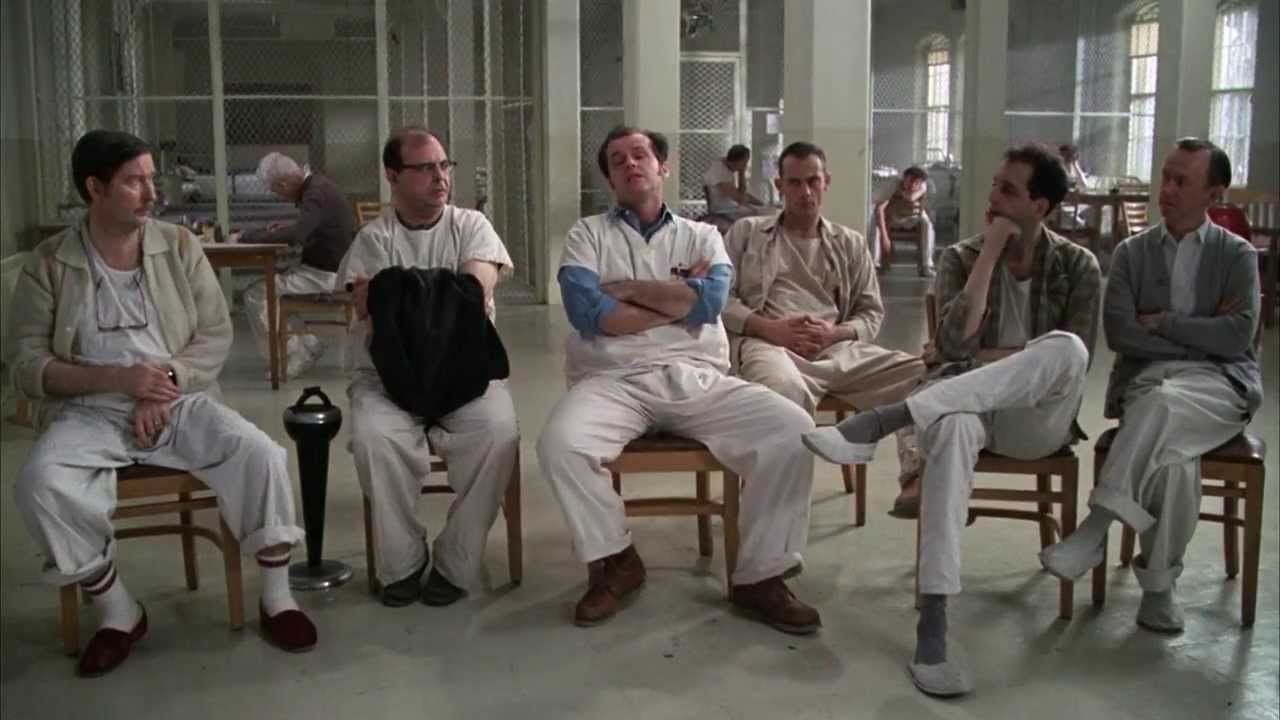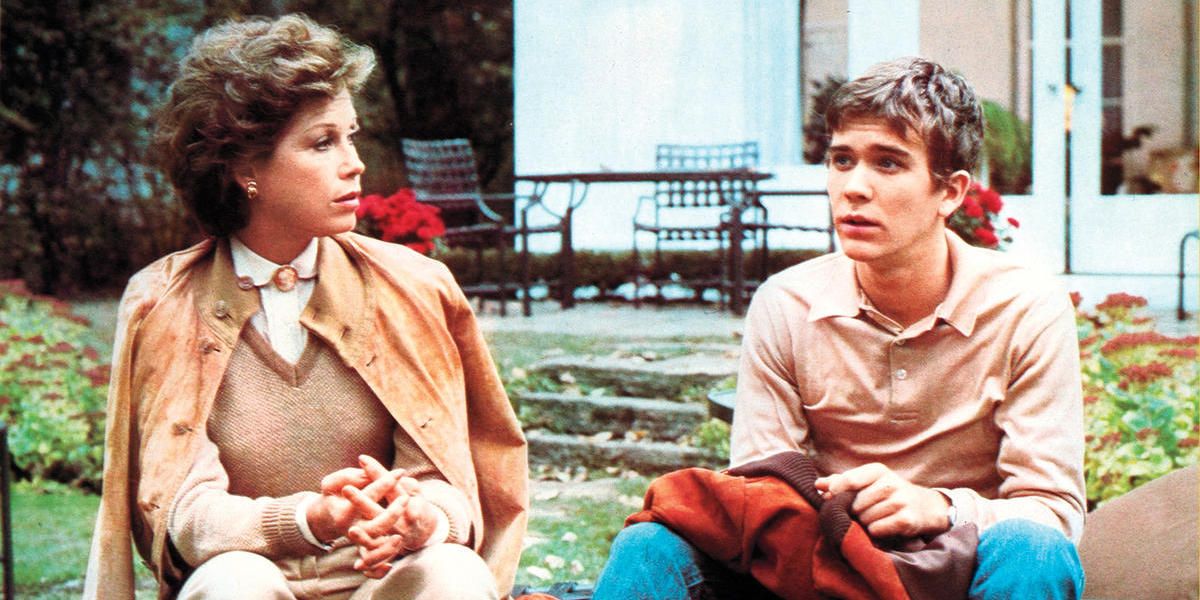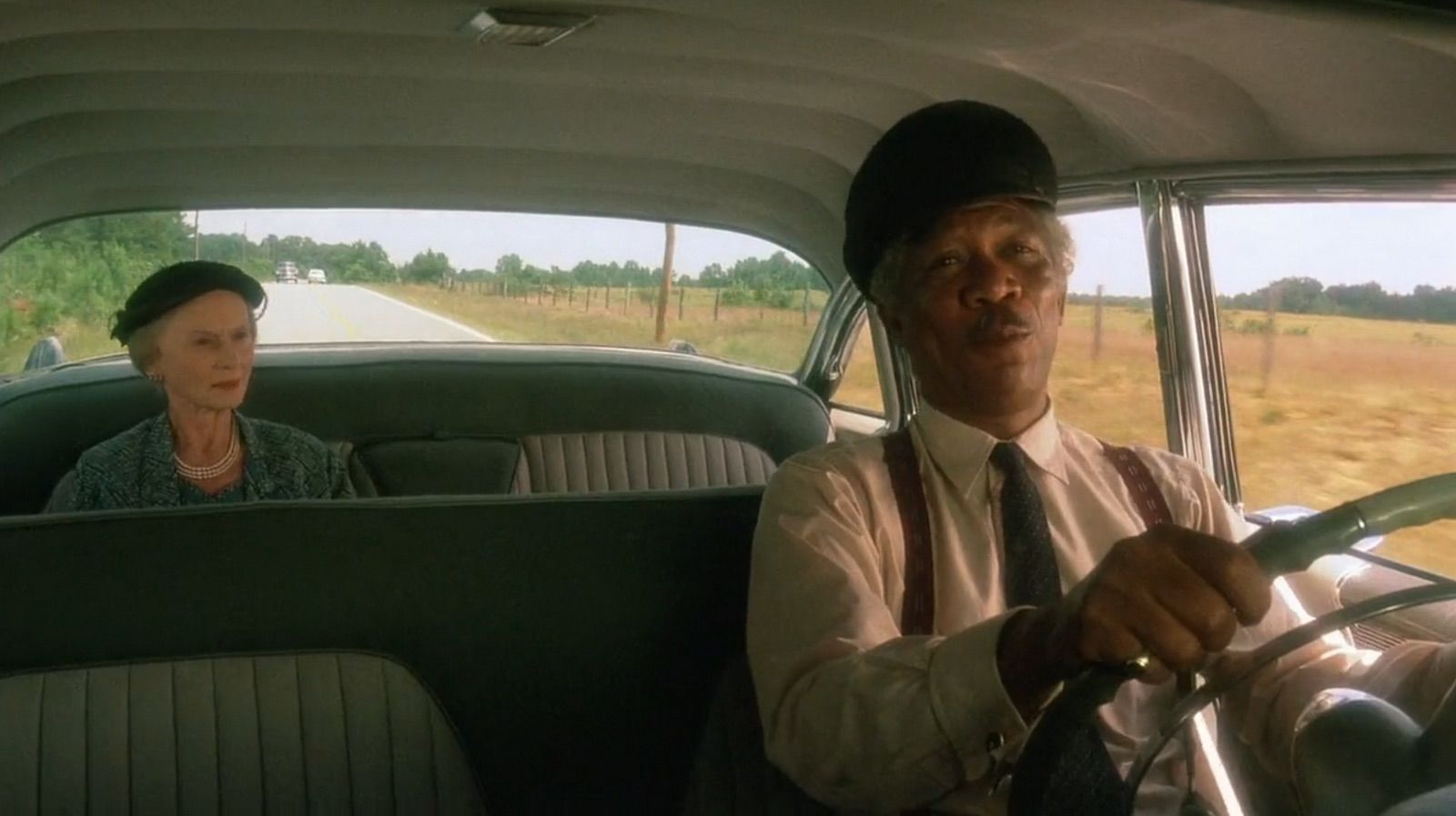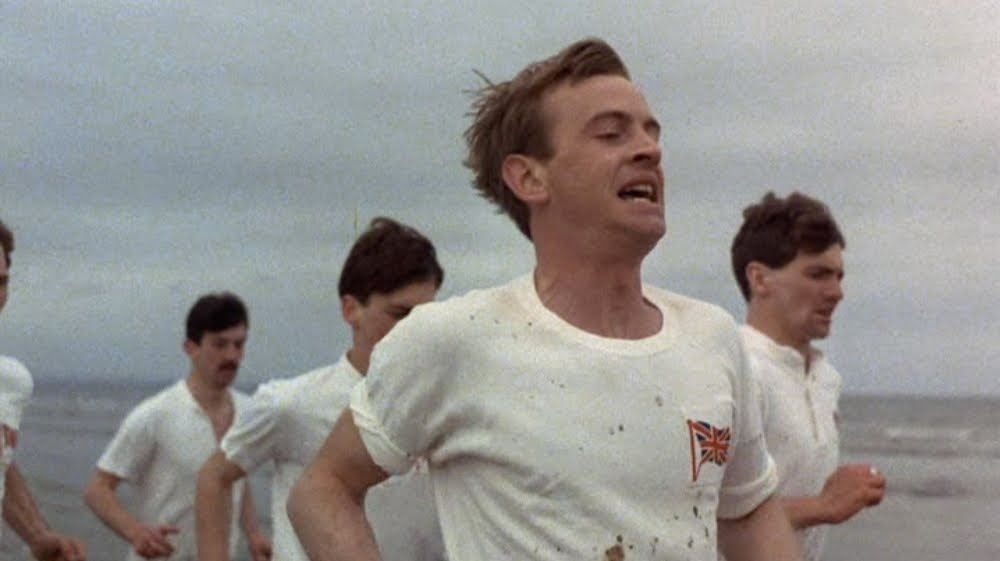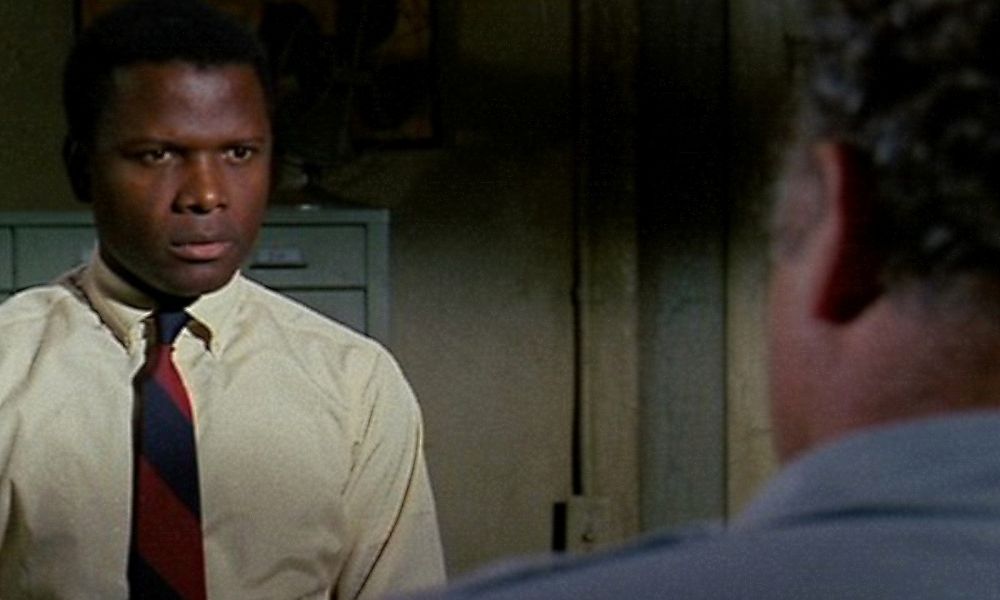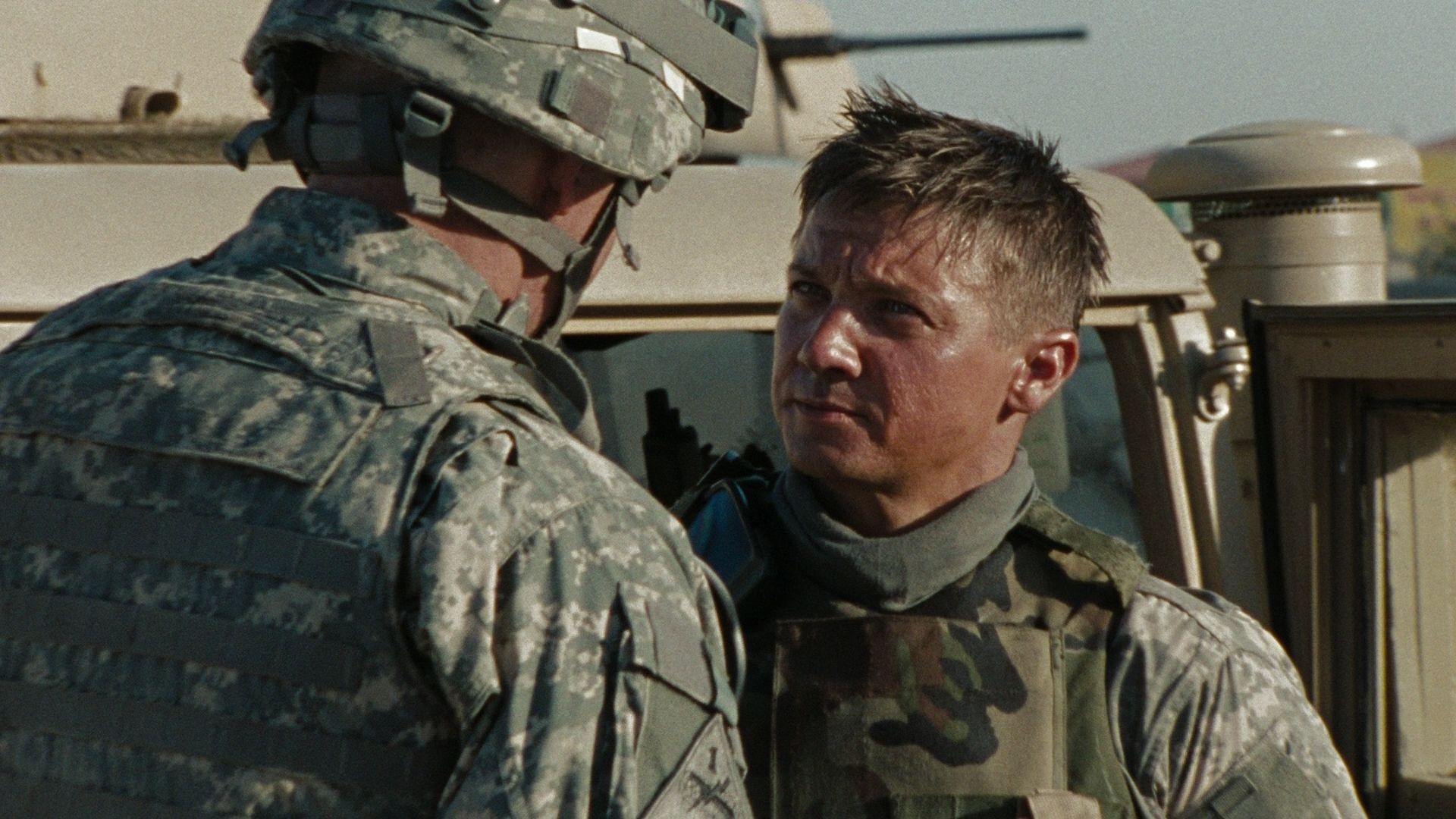Movies require money—not just to get made, but to get people to see them as well. A lavish budget to spend on filming and marketing can be an essential ingredient to making a film that is beloved by audiences, acclaimed by critics, and even recognized by that most prestigious of Hollywood Insitutions, the Academy.
But a big budget isn’t the only way to win the hearts of the Academy voters who decide each year’s Oscar winners. Often, more modest productions with low-budgets and few notable names have transcended their financial limitations to win a few golden statuettes of their own, with one even winning for Best Picture. In the Oscars’ 89-year history, these are the lowest-budgeted films to have won the ceremony’s most coveted award.
15. Moonlight
Moonlight sticks out like a sore thumb amongst recent years’ Best Picture winners, with a paltry $1.5 million budget that’s even lower than other indie contenders from recent years like Boyhood, Whiplash, and Beasts of the Southern Wild. Even adjusted for inflation, it’s the lowest-cost winner ever, with a box office gross of $30 million far exceeding its budget, but embarrassingly modest compared to other Best Pictures.
A good amount of credit goes to Barry Jenkins’ direction for doing a lot with so little, as well as his excellent screenplay adapted from Tarell Alvin McCraney’s unpublished play, a medium which tends to include simple settings and scenes out of necessity. But the advent of digital filmmaking certainly helped as well, as did the involvement of Brad Pitt’s Academy-savvy production company Plan B.
14. Marty
A straightforward romantic drama starring Ernest Borgnine and Betsty Blair as the unexpectedly-smitten couple, Marty was released in 1955 and became the fourth American film to win the Palme d'Or at Cannes Film Festival, before going on to become the then-lowest budgeted Best Picture winner (now second lowest after Moonlight). Hecht-Lancaster Productions adapted the film from a 1953 51-minute teleplay for just $350,000, or $3.2 million in 2017 dollars.
Unfortunately, producer Burt Lancaster removed his name from the film, allegedly that it was made at least in part for a big fat tax write-off. He presumably still collected his share of the returns, which translate to a respectable $75 million in modern dollars. It remains the second (and last) Best Picture winner to have also won the top prize at Cannes.
13. Rocky
Before it became a Best Picture winner and then just one of many bloated ‘80s franchises, Rocky was just a modest sports drama made for $1.1 million ($4.6 million) and shot in 28 days. In an underdog story only befitting the film’s rags-to-riches storyline, the 1976 breakout hit made a celebrity of writer/star Sylvester Stallone and grossed $225 million at the box office, or $476 million in 2017 dollars.
The film’s budget benefitted from the short shooting schedule and, likely, Stallone’s insistence on playing the starring role instead of a more well-known actor. It cost even less to make than some of the other film history heavyweights it was up against for the 1976 Best Picture award, including Taxi Driver (1.3 million), All the President’s Men ($1.5 million), and Network ($3.8 million).
12. It Happened One Night
A timeless Depression-era classic from the reliable Frank Capra and progenitor of every “first they hate each other, then they love each other!” rom-com in existence, It Happened One Night was actually considered an upset when it became the first film to win the much-discussed “Big Five” awards (Best Picture, Director, Screenplay, Actor, Actress) against more lavish films like Cleopatra, which similarly starred Claudette Colbert.
The then-young Columbia Pictures made the film for only $325,000 ($5.9 million today) over a month of filming in the studio and around Los Angeles, with the burgeoning star Clark Gable loaned out to them from his contract with MGM and playing opposite Colbert, neither of whom were the first choice for their roles. At the box office, the film made $2.5 million, or $45 million today.
11. Tom Jones
Only the second British import to win Best Picture, Tony Richardson’s stylish 1963 comedy adaptation of The History of Tom Jones, a Foundling was made on a $1 million budget that seemed reasonably extravagant in its home country at the time, but remains on the low-end compared to most Best Picture contenders from across the pond. The film was very nearly made in black-and-white, and only ended up in color at a considerable extra cost.
Conveniently enough, the film’s critical and commercial success in the US was helped by an awards push from distributor 20th Century Fox, attempting to recover from the loss incurred from their other Best Picture contender for the year—Cleopatra (another one!), which was then the most expensive film ever made, with a staggering $31 million budget. So goes another case wherein extra cash doesn’t equal improved quality.
10. On the Waterfront
Elia Kazan’s humanistic 1955 drama On the Waterfront is the film that cemented Marlon Brando’s post-Streetcar stardom and originated that “I coulda been a contender” speech you’ve definitely heard at some point. It did all this and won Best Picture on a budget of $900,000, or $8.2 million in today’s dollars, beating out more well-financed and old-fashioned films like Seven Brides for Seven Brothers ($2.5 million).
Brando wasn’t the original choice for the starring role—it was originally supposed to be Frank Sinatra bucking the corrupt dockworkers’ union. Kazan kept the film’s cost relatively low by filming on location in Hoboken and casting mostly East-coast stage veterans. The film’s box office is still on the low-end of Best Picture winners, with receipts adjusting to $86 million in 2017, but it was nonetheless a victory for Columbia and Kazan, who had endured criticism previously for identifying former Communists before the House Committee on Un-American Activities.
9. Crash
In one of the modern reference points for Academy Award upsets, Paul Haggis’ race-centric Crash triumphed over the film everyone thought was a sure thing, Brokeback Mountain, to win Best Picture at the 77th Academy Awards in 2005. It was especially notable for being only the second film to win the award without having been even nominated for any of the Golden Globes’ three Best Motion Picture categories. Almost immediately after the upset, critics began suggesting Crash was a “safe” option for Academy members unimpressed or uncomfortable with Brokeback.
A passion project from the start, Haggis, already a Best Picture-winning writer and producer for the previous year’s Million Dollar Baby, hired plenty of big name actors, but kept costs low by setting the film in Los Angeles and doing location work that included his own home and car as settings.
8. The French Connection
Nominated against the $54 million musical production Fiddler on the Roof for the title of 1971’s Best Picture was The French Connection, a $1.8 million ($10.8 million today) pressure cooker crime film that remains among the darkest and grittiest of its genre, even today. The Academy, critics, and audiences ate it up, resulting in a box office haul the equivalent of $300 million in modern dollars.
The film was a breakthrough for director William Friedkin, eventual director of The Exorcist, who made effective use of downtrodden New York City location-shooting and guerilla filmmaking tactics, which resulted in the thrilling car chase that finds Detective Popeye trying to keep up with an elevated train. Would-be star Steve McQueen was too expensive for the filmmakers’ budget, but they ended up boosting the film’s influential ragtag image by casting then-unknown Gene Hackman, thus skyrocketing him to his own stardom.
7. Platoon
Oliver Stone’s intense and personal Vietnam film Platoon stands in stark contrast to Francis Ford Coppola’s Apocalypse Now Money, made several years earlier for a bloated cost five times that of Stone’s modest $6 million budget ($13.3 million today). Then a novice and unknown director, Stone shot on location in the Philippines with the cooperation of the nation’s military and cast fresh faces like Willem Dafoe and Charlie Sheen.
After encountering plenty of resistance from producers hesitant about any film concerning the unpopular Vietnam war, Stone secured a distribution deal through the short-lived Orion Pictures, made up of United Artists veterans with no lack of experience conducting winning Academy campaigns. But Stone’s nerve-shattering ground-level view of Vietnam was a hit with audiences too, earning $138.5 million in 1986, or $309 million today.
6. One Flew Over the Cuckoo’s Nest
Star Jack Nicholson was the major cost in the otherwise modest production of One Flew Over the Cuckoo’s Nest, adapted from Ken Kesey’s mental institution-set novel of same name and helmed by Czech director Milos Forman in only his second-English language narrative feature. Following in the footsteps of the aforementioned It Happened One Night, One Flew Over became the second film in Academy history to win all “Big Five” awards, including gold statues for Nicholson and Forman.
The production was delayed by failed attempts at adapting the property, then cast mostly with lower-paid unknowns like Christopher Lloyd and Danny DeVito and shot on location over three months at an actual Oregon mental institution. The characters rarely set foot outside this economical setting, which allowed the film to turn an enormous profit with its $109 million box office returns, the equivalent of $495 million today.
5. Ordinary People
As you might expect from an actor-turned-director, Robert Redford's directorial debut Ordinary People relies most heavily on its performances to tell a relatably simple story of familial loss, focusing exclusively on the emotional fallout of a father, mother, and son following the death of their firstborn. After its 1980 release, the film scored six Academy Award nominations and four wins, including Best Director for Redford and Best Picture over cinephile favorites like Raging Bull and The Elephant Man.
Redford adapted the film from a 1976 novel using his own Wildwood Productions, investing only $6 million ($18 million) for a film that eventually made $54.8 million ($163 million) at the box office. It’s difficult to say how much Redford’s status as a Hollywood insider might have influenced the win, but either way, it’s an impressive feat for a film resting almost entirely on the shoulders of its three lead actors.
4. Driving Miss Daisy
Driving Miss Daisy cost $7.5 million to make in 1989, or about $15 million in modern money. The filmed adaptation of an off-Broadway stage play by screenwriter Alfred Uhry had Morgan Freeman reviving his theatrical role opposite Jessica Tandy, who at 81-years-old became the oldest Best Actress in a Leading Role winner to date. Their performances and conversations within an automobile setting form the core of this modestly budgeted film, which earned critical acclaim and $145.8 million at the box office upon release.
With its simple conceit and origins, Driving Miss Daisy scored nine Academy Award nominations (including a supporting actor nod for Dan Akroyd!), but notably, not one for Best Director for Bruce Beresford, making it one of few films to win Best Picture without getting a directorial nod too.
3. Chariots of Fire
In another year of Brits showing American filmmakers how to make award-winners on reasonable budgets, the historical sports drama Chariots of Fire won Best Picture of 1981 for its imaginative retelling of two runners competing for their own personal reasons at the 1924 Olympics. To helm the project, producer David Puttnam selected advertising and documentary director Hugh Hudson, who casted only unknown (read: cheap) actors in the starring roles while filling out the supporting ones with recognizable veterans.
As a result, much of the film's $5.5 million budget ($15 million today) went towards the location-shooting at Paris Olympics sites and throughout England. 20th Century Fox offered half that just for distributing rights outside North America, though only after the filmmakers worked in several American name actors to boost marketability in the US. The film earned $59 million at the American box office alone, scored other awards for screenplay and costume design, and spawned a musical score so iconic it's almost annoying.
2. In the Heat of the Night
In the Heat of the Night seemed a fearless social statement upon its 1967 release, thanks to scenes like that in which Sidney Poitier instinctively slaps a white man who slaps him first. The racial context of the times made it seem all the more momentous when the Southern-set crime drama won Best Picture, though it was up against a similarly-progressive film also starring Poitier in the form of Guess Who's Coming to Dinner.
But even that had a larger budget than In the Heat of the Night, which was made for $2 million in 1967 dollars, or $14.5 million today. Though set in a fictional Mississippi town, it was filmed on location in Illinois and is notable for being among the first major Hollywood color productions to account for the considerations necessary to light black actors. Cinematographer Haskell Wexler changed standard lighting practices to suit Poitier's complexion, and the result was a film so successful it spawned its own franchise and TV series.
1. The Hurt Locker
The Hurt Locker is one of the lowest-budgeted and lowest-grossing films to win Best Picture in recent years, made for $15 million and earning only $12.7 million by the time it scored an upset win at the Academy Awards ceremony more than six months after its release. The win must have felt especially vindicating for director Kathryn Bigelow for beating out that year's mega-budget smash Avatar, directed by her own ex-husband James Cameron.
The film was written by freelance journalist Mark Boal, based on his experiences covering a US bomb squad in Iraq, and independently produced by Bigelow herself. The director cast mostly unknown actors, including future MCU stars Anthony Mackie and Jeremy Renner, in addition to Iraqi refugees living in Jordan where filming took place, often just miles from the Iraqi border.
--
Did we forget any modestly-budgeted Best Picture Winners? Let us know in the comments.

